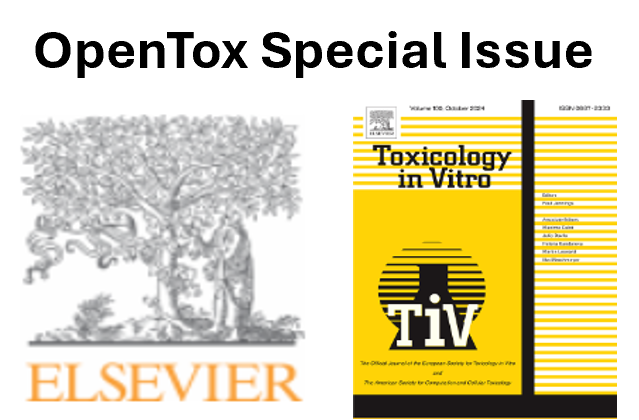
Martina Iulini is a Ph.D. student at the Laboratory of Toxicology and Risk Assessment at the University of Milan (Italy). With a background in Pharmacy and Industrial Pharmacy, her interest in toxicology began during her master’s thesis. Martina's research focuses on in vitro immunotoxicology, studying how chemicals affect the immune system. She has investigated molecular mechanisms underlying drug induced sensitization and explored how endocrine disruptors impact immune function, particularly through the modulation of the RACK1 protein. She also contributed to research on protein kinase C’s role in dendritic cell activation after allergen exposure, focusing on microRNA expression.
Her current Ph.D. project, supported by the European Food Safety Authority (EFSA), aims to develop new approach methodologies (NAMs) for studying the immunotoxicity of PFAS. Collaborating with esqLABS GmbH, she has expanded her research to include in silico models, enabling a more comprehensive approach that integrates both in vitro and computational methods. Martina is dedicated to advancing toxicology through the development and implementation of alternative methods to reduce reliance on animal testing. In recognition of her contributions, Martina was awarded the Lush Young Researcher Prize 2024 for her innovative work in toxicology. Her research consistently focuses on creating more ethical, efficient, and predictive models to better understand the health effects of chemical exposures, aligning with her goal of promoting alternative approaches in toxicology.
An integrated in vitro and in silico testing strategist to study the effect of four PFAS on the antibody production
M. Iulini1
1 Laboratory of Toxicology, Department of Pharmacological and Biomolecular Sciences “Rodolfo Paoletti”, Università degli Studi di Milano, Milan, Italy
Perfluorinated substances (PFAS) are a class of synthetic chemicals widely used in industry to which people and the environment are exposed. Human studies have shown that PFAS can cause immunosuppression, lower resistance to disease, and increase the risk of infections, as well as decrease the response to vaccination. However, not much is known about the mechanism of action through which these substances act. The aim of the project was to evaluate the immunotoxic effects of PFAS and identify underlying mechanisms through the design of new approach methodologies (NAMs) based approaches.
To achieve these goals, an integrated testing strategy (ITS) consisting of in vitro and in silico methods was developed. Based on the in vivo evidence of reduced antibody production, suitable in vitro models were identified to evaluate the most relevant in vivo effect for PFAS immunotoxicity. The effect of different selected PFAS on the antibody release was studied using human peripheral blood mononuclear cells (PBMCs), obtained from healthy male and female donors. PBMCs were treated with increasing concentrations of PFAS (0.001, 0.1 and 10 μg/ml) for 24 hr. Then, to investigate the antibody production, the cells were stimulated for 6 days with CpG oligonucleotide 2006 (1 μg/ml) and IL-2 (100 iU/ml).
Starting from the in vitro results, we applied mathematical fate and distribution models to identify the free concentration of PFAS in the in vitro cell system. Physiologically Based Kinetics (PBK) modelling was used to perform quantitative in vitro to in vivo extrapolation (QIVIVE) to extrapolate in vitro effect concentrations to external doses. Moreover, the ‘Universal Immune System Simulator’ was used to investigate the effects on
vulnerable populations and predict threshold doses for which we have an immune adverse outcome effect. In accordance with data present in the literature, the in silico results obtained from this study evidence an immunosuppressive effect in the models used, with differences between the four selected PFAS. To conclude, the results support the in vivo evidence of possible reduced resistance to infections with lower antibody response. Besides, the chosen ITS were able to allow the study of PFAS in models that took into account both the dynamics and kinetics of the compounds using only alternative methods.
Funding: this study was supported by the European Food Safety Authority (Case Studies NAMS_PFAS Immunotox - OC/EFSA/SCER/2021/13), by Programma Operativo Nazionale (PON “Ricerca e Innovazione” 2014-2020) and by Progetti di ricerca di rilevante interesse nazionale Bando 2022 (Toward a green toxicology: new approach methodologies to screen chemical-induced immunotoxicity GREENTOX - Prot. 2022KS9FZX).

